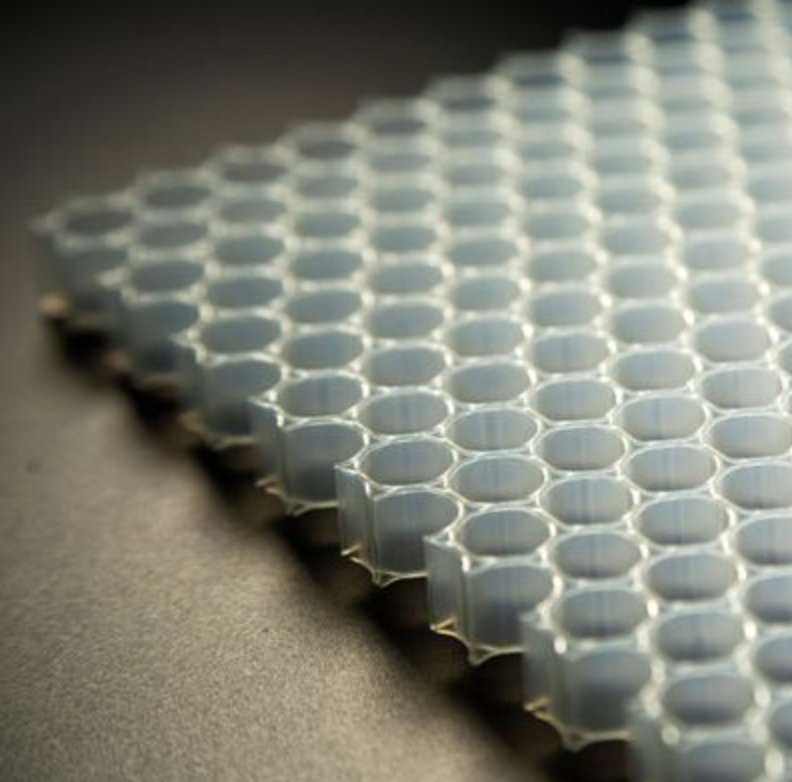Pros:
1. Plastic honeycomb boards are made of thermoplastic material and can be combined with various surface materials to meet the requirements of different fields. Although aluminium honeycomb core panels require advanced composite technology, their adhesion strength with the surface is not inferior to plastic honeycomb boards.
2. Plastic honeycomb plates have higher resistance to acids, alkalis, salts, and other corrosive solutions compared to aluminium honeycomb panels, resulting in a longer service life.
3. Plastic honeycomb cores provide superior thermal and electrical insulation performance. Plastic does not conduct heat or electricity, whereas aluminium conducts heat and is a good conductor of electricity.
4. Plastic honeycomb cores are more cost-effective compared to aluminium honeycomb cores. Aluminium honeycomb cores are relatively expensive, which increases the overall cost of applications.
Cons:
5. Plastic honeycomb cores are not flame retardant and may have a classification of B1/B2 for finished sandwich panels. On the other hand, aluminium honeycomb cores are nearly impossible to ignite and offer better flame-retardant properties compared to plastic honeycomb cores.
6. Plastic honeycomb boards have lower weathering resistance than aluminium honeycomb boards. However, in most applications, the honeycomb core material is not exposed, and the surface material can prevent this issue.
7. Aluminum honeycomb boards have higher strength than plastic honeycomb boards, making them more suitable for aerospace applications such as aircraft.
8. Aluminum honeycomb cores exhibit better high-temperature resistance than plastic honeycomb cores. Therefore, aluminium honeycomb cores are more suitable for high-temperature environments.



